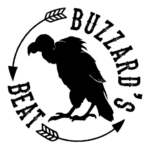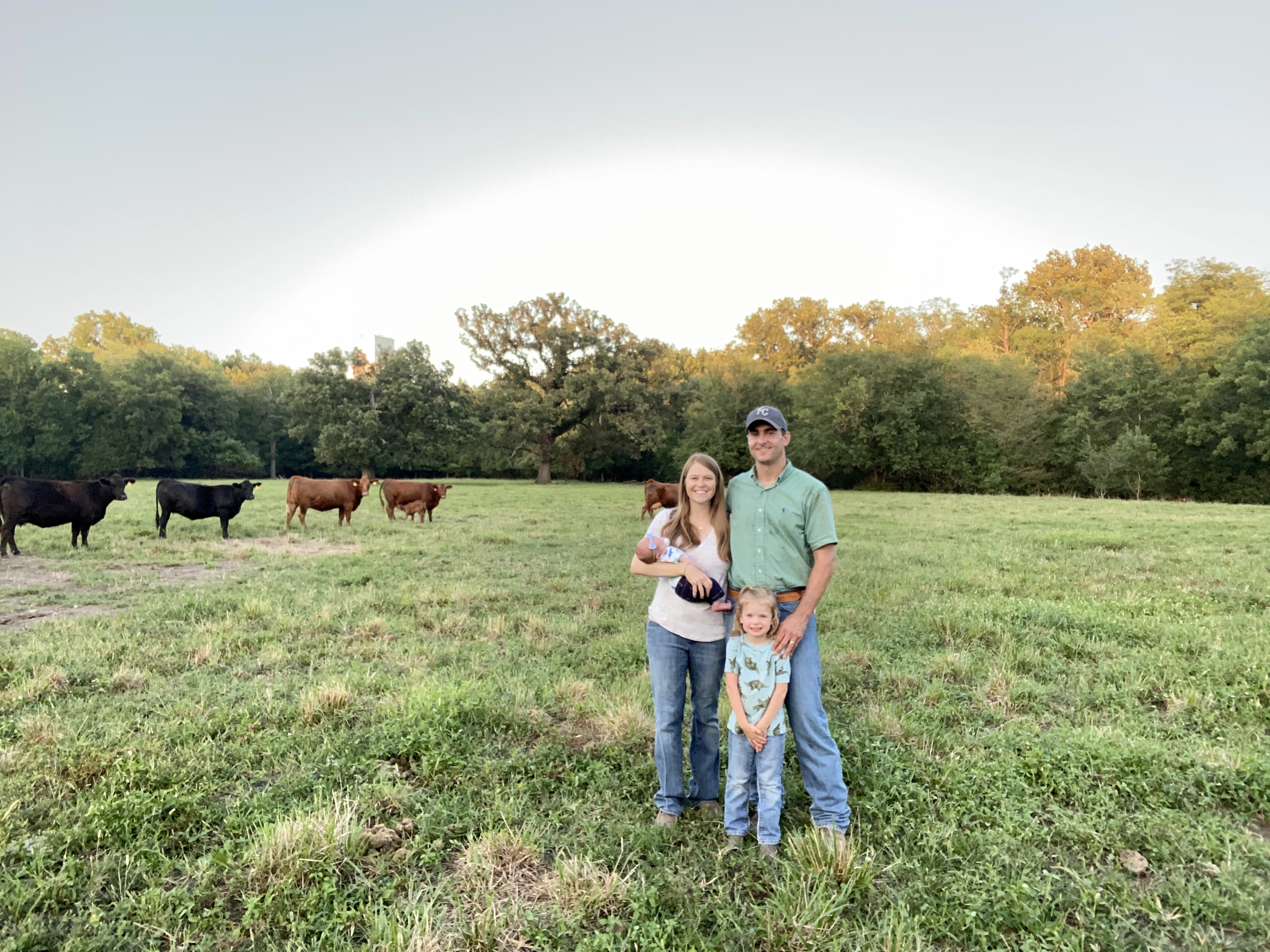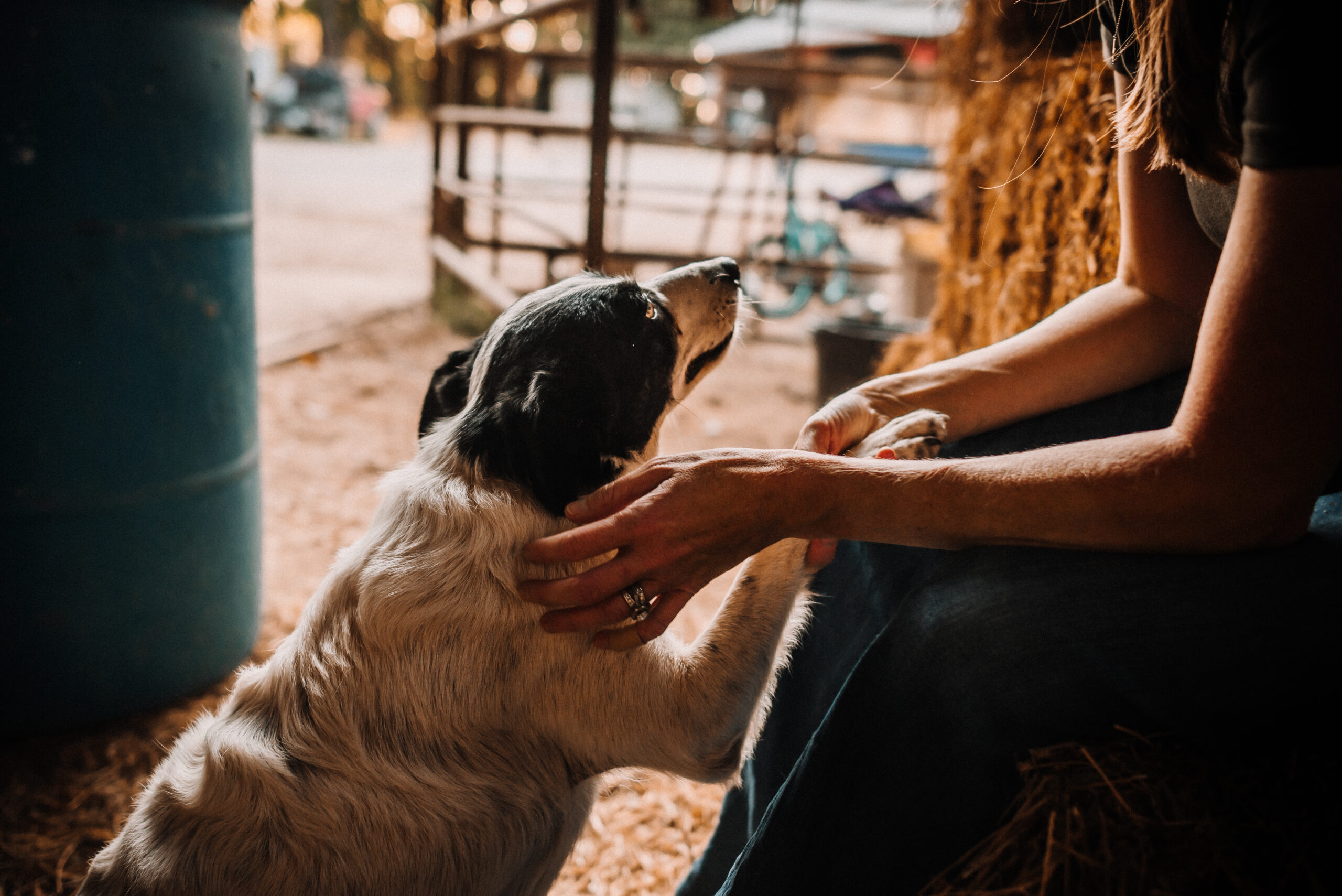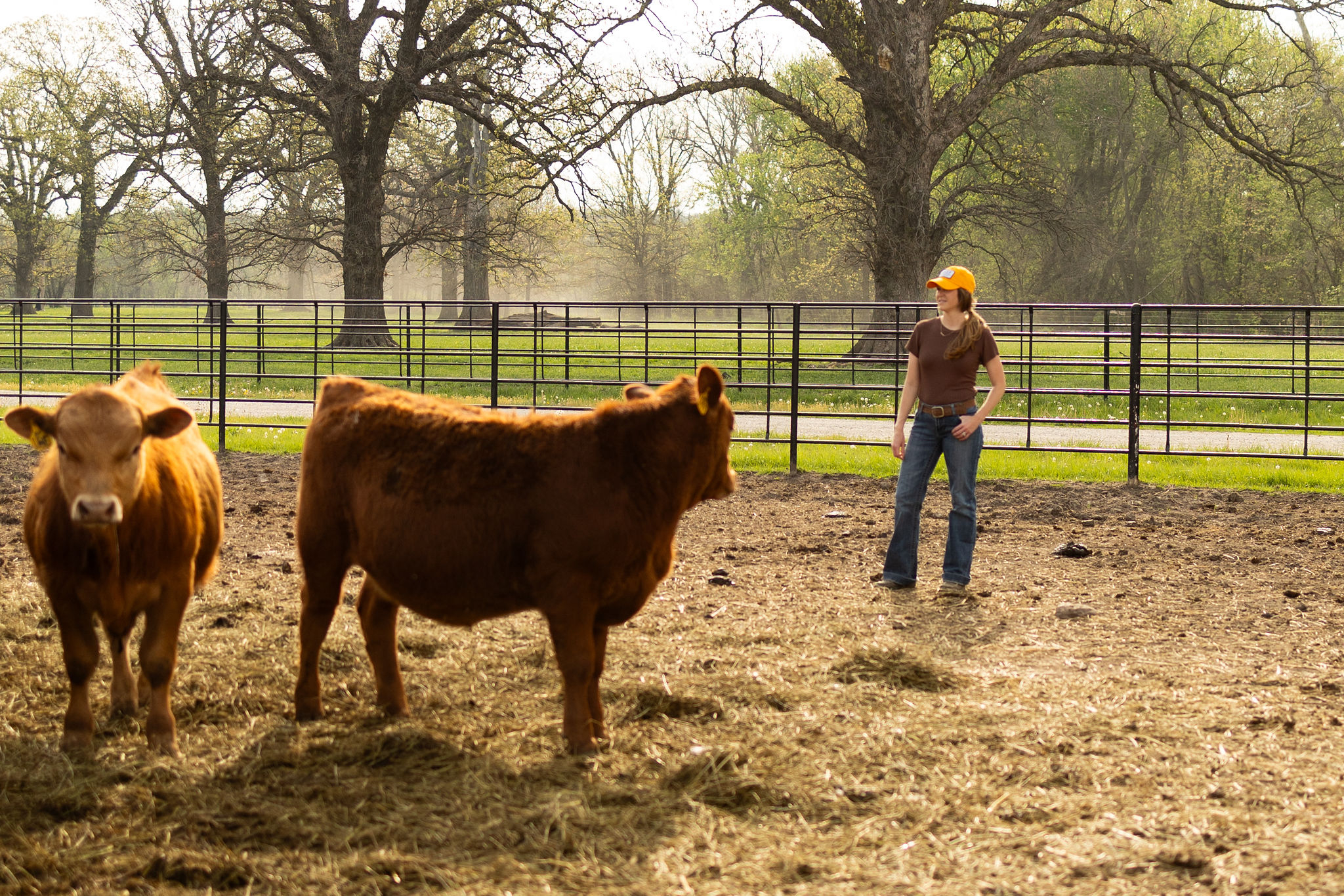This post is a collaboration with Beef. It’s What’s For Dinner. on behalf of the Beef Checkoff. I received compensation but all thoughts and opinions are my own.
Sustainability is a top priority on our family’s ranch, across all facets of raising cattle – from pasture to plate. A key part of raising cattle sustainably and producing healthy beef is high-quality animal care. Healthy cattle yield safe, nutritious beef, so we dedicate a significant amount of our time to making smart and scientific animal care decisions.

On our ranch, we spare no expense or effort to make sure we are providing the highest possible level of care we can to our cattle. We work closely with our veterinarian to develop vaccination protocols that we implement twice annually and, if the need arises, we develop treatment plans for disease. Antibiotics have minimum withdrawal times, so we keep accurate records to ensure no animal that receives medication enters the food supply until the proper waiting period has passed. These are not just the rules on our ranch; they are guidelines set forth by the Food and Drug Administration to guarantee the safest food supply possible. Tools and technologies, such as antibiotics, are important parts of raising our livestock sustainably and efficiently. We do our very best to only use them when necessary.
Right now, we are in the middle of our fall calving season. Every day, we move through every pasture to check the health and well-being of all our cows and calves. It’s vitally important to monitor cows that are near their calving date to ensure they are not experiencing labor difficulties. We are also monitoring the health of newborn calves to make sure they don’t show any symptoms of disease or illness. If necessary, we will administer a veterinarian prescribed antibiotic to treat infection or sickness. The loss of a cow or calf is shattering, both emotionally and financially, so we do everything in our power to prevent death loss.
On top of calving season, we are also monitoring our herd of stocker cattle for any diseases or health complications. Stocker cattle are weaned calves that are between 350-800 pounds. Once they are weaned from their mamas, stockers are sent to ranches like ours to eat grass and gain weight. This summer, our stocker cattle have had an increased occurrence of pink eye, which is a bacterial infection that can spread from animal to animal. Managing the disease has been a daily battle through health checks and administering treatment but we do so because it’s the right thing to do, even if it’s time intensive.
Our family’s ranch is one of thousands across the nation, and even though farms and ranches differ in size, one constant remains: animal care is a top priority regardless of farm or ranch size. In fact, more than 90% of all American farms and ranches are family owned and operated, just like ours. We are proud to be part of the beef supply chain, raising cows and bringing up the next generation of ranchers to live this rural ranching lifestyle.
For more information on raising cattle, visit www.beefitswhatsfordinner.com/raising-beef.
Until next time,
~ Buzzard ~
P.S. If you wish to receive posts in your inbox automatically, sign up on the homepage in the right side pane. Furthermore, follow my ranch life activities on Instagram: @brandibuzzard.



